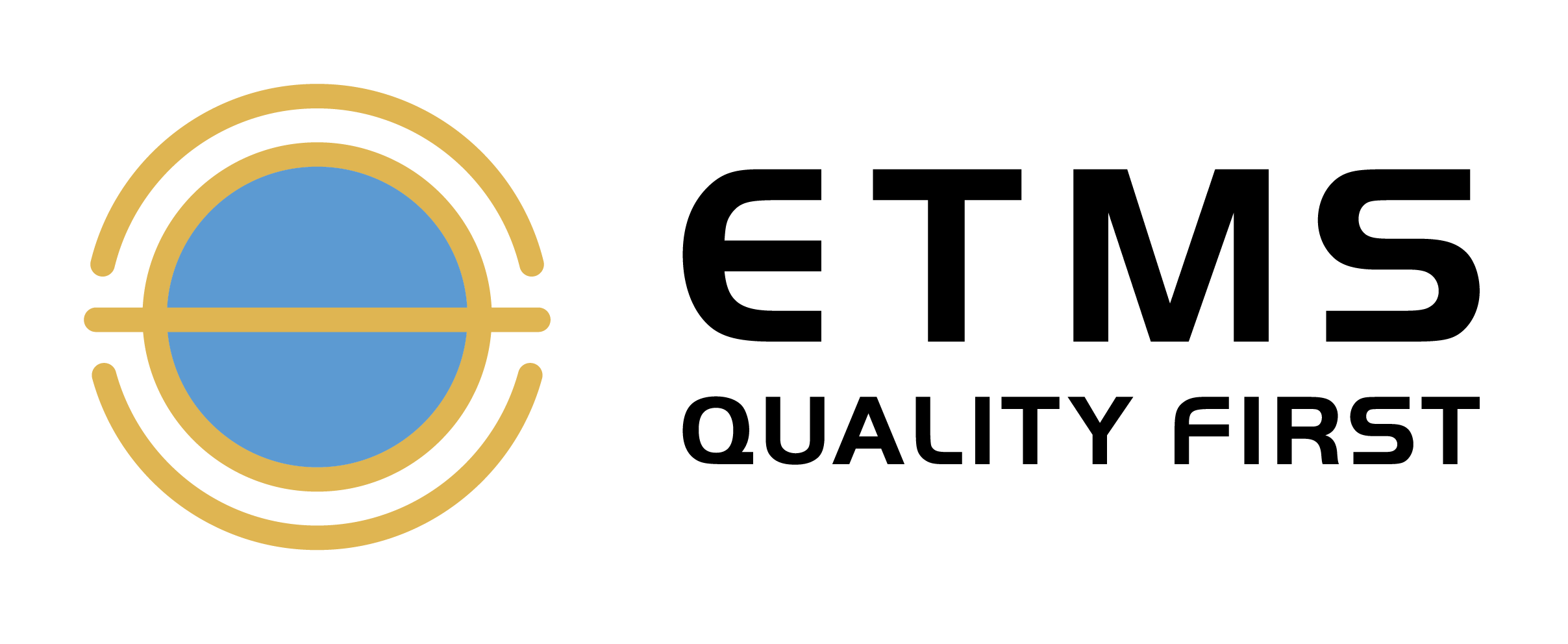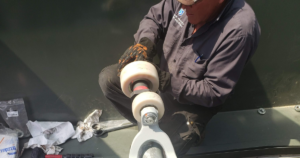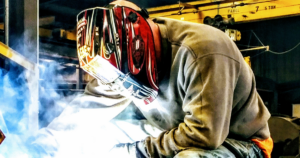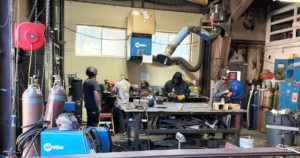Let’s face it; a “good welder” will perform an x-ray quality weld with or without a WPS. But that doesn’t mean that organizations can skate by on the talent of their weld staff alone. A Welding Procedure Specification (WPS) is a code-required document that, when followed, will increase production rates and quality by repeatedly producing sound welds. This ultimately means a decrease in production costs, leading to increased profits. And, ask any business; a healthy profit margin matters.
A WPS is essentially a recipe for welding. The details of the “recipe” specify required essential variables to ensure repeatability with established parameters to deposit sound weld metal. Included in the WPS are the joint design, base metal, and filler metal used, as well as the instructions for shielding gas composition and flow rate, preheat and interpass temperatures, position, amperage range, technique, and post-weld treatment.
All codes and standards require WPS, including:
- ASME – III – B31.1 – B31.3 & VIII (to list a few)
- ASME IX – consists of 5 articles, SWPS in Article V
- AWS – D1.1, D1.2, D1.3, D1.4, D1.5, D1.6, and D17.1
- API – 1104
- ASTM
- Mil-Stds
- AISC Structural Codes
The very first essential step in setting up a procedure is determining if you can use a prequalified WPS, a Standard WPS, or if you must qualify the WPS. Qualifying a WPS is the last case alternative or worst-case scenario because of the expense of testing.
Let’s break down the necessary steps to create a qualified WPS that will meet the codes and standards required of your organization.
Step One: Write a Preliminary WPS
The first step is to establish an initial set of procedures and materials. This is known as the Preliminary WPS or pWPS. To begin, you will need to identify the welding process to be used. Will it be SMAW, GMAW, FCAW, EBW, etc.? You will also need to consider the compatibility of the weld and base metals, metallurgical properties, preheat and post weld heat treat requirements, design and loading of joints, desired mechanical properties, service requirements, and location of welds.
The parameters of the Preliminary WPS are known as variables and include Essential Variables, Non-Essential Variables, and Supplementary Essential Variables. When a change in an Essential Variable is made, it will affect the mechanical properties of the welded joint and require requalification. If the change will not affect the mechanical properties of the joint, which would not require requalification of the WPS, it is considered a Non-Essential Variable. Whereas, Supplementary Essential Variables will affect the toughness properties of the joint, heat-affected zone, or base material making them additional essential variables in situations where procedure qualifications require toughness testing.
The initial procedure is then used to create a series of welds that are mechanically tested to ensure all applicable requirements are met.
Step Two: Identify and Prepare the Test Specimens
The test specimens used for qualification via test coupon do not have to be the same as designated in the pWPS. However, the test specimen size and dimension must be based on identified values in the relevant code that you are working to. Some substitutions are permitted. The test sample needs to be of the same grade or similar chemical composition. For example, P1 material (mild carbon steel) can be submitted for low-alloy steels, stainless steels, and nickel-based alloys. Similarly, groove qualification on pipe sizes, plate groove qualifications, groove weld qualifications, and test coupon thickness substitutions may apply. It is essential to know what substitutions are acceptable for your specific test coupon.
Step Three: Weld a Test Coupon Using the Preliminary WPS
The purpose of the Test Coupon is to prove through certified inspection and either or both Destructive Testing (DT) or Non-Destructive Testing (NDT) that the weld procedure will produce a sound weld. Following the “recipe” outlined on the Preliminary WPS, a welder completes the root pass, which is then visually inspected by an approved welding inspector. Once the coupon is welded out, a final visual acceptance is done. Then the weld is submitted to DT and/or NDT, depending on the type of weld.
Step Four: Evaluate the Test Results
Conducting relevant tests and documenting the real-time data during the welding of the test coupon and subsequent NDT and/or DT is critical to completing your WPS. All Essential and, when applicable, Supplementary Essential Variables for each welding process must be monitored and included in the test documentation. Monitoring and documentation of Non-Essential and other variables are not required. The inspector will review the test results to ensure that the actual values and parameters are within acceptable tolerances per relevant code standards.
Step Five: Document the Actual Results on the PQR
The Procedure Qualification Record (PQR) is a supporting document to the WPS. All real-time data collected during the welding of the test coupon, Destructive Test, and Non-Destructive Test are compiled together to form the PQR. The PQR must be certified as accurate by an authorized person or other means as described in your organization’s Quality Control System. The certification function serves as the organization’s verification that the information in the PQR is accurately captured test results in compliance with relevant code requirements.
Final WPS
Once you have successfully compiled your PQR, it’s time to write your final WPS. It is important to follow consistent formatting guidelines to eliminate confusion when looking at different procedures, especially when using multiple procedures on one component or project. A lot of leg work is required to produce an optimized WPS, but doing it right can reduce rework and downtime and lower overall costs.
Overwhelmed? We Can Help!
The welding industry is ever-changing, and it can be a challenge to keep up with the countless codes and standards required, especially as a government contractor or supplier. ETMS provides world-class training and consulting services to help organizations efficiently and effectively develop necessary Welding Procedure Specifications that meet all code and standard compliances. Talk to us about our customized services.
Or, if this just sounds like too much work regardless, we have turn-key Welder’s Cookbook solutions for AWS D1.1 PREQUALIFIED WPS’s in Shielded Metal Arc Welding (SMAW), Gas Metal Arc Welding (GMAW), and Flux-Cored Arc Welding (FCAW). Purchase any or all of our Cookbooks and minimize hold points by skipping right past PQR and WPS development. Buy. Qualify. Work $$$.




